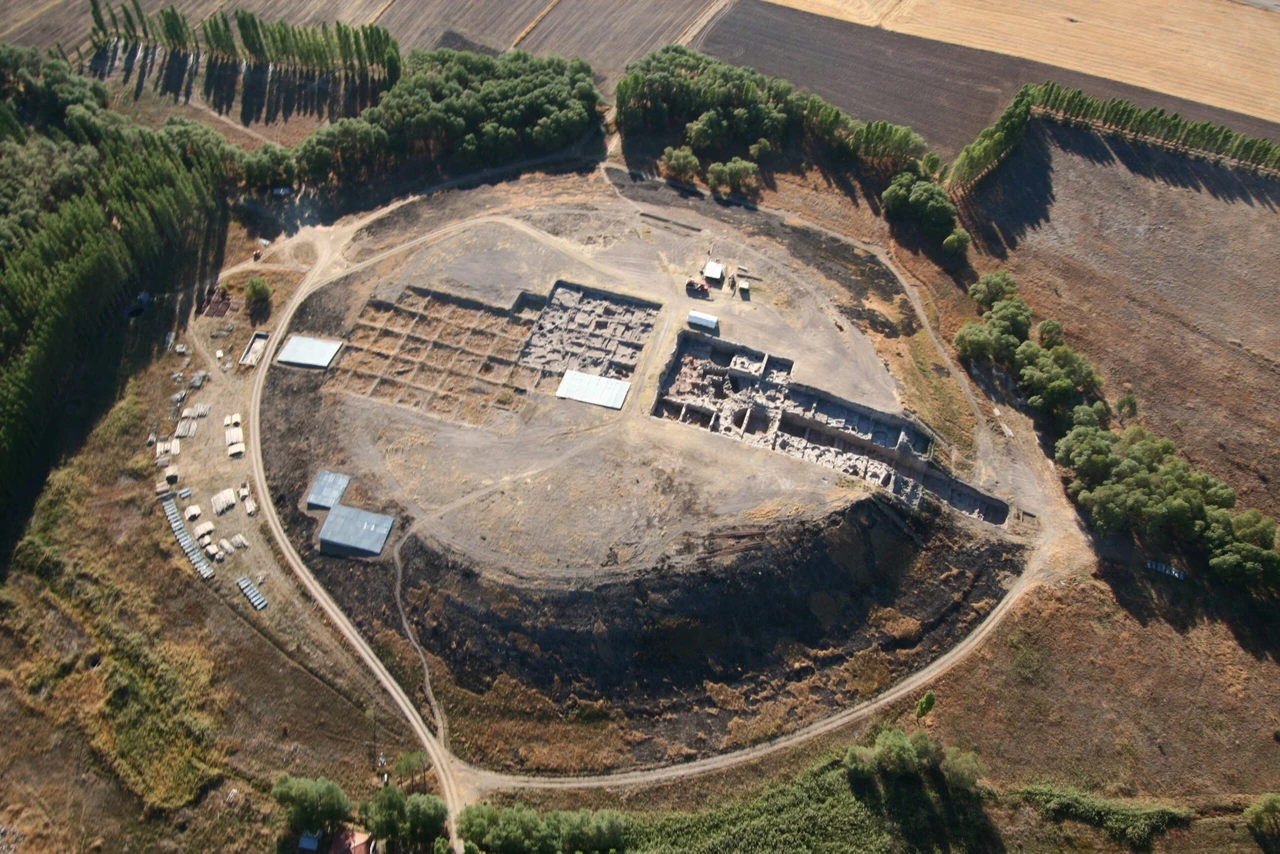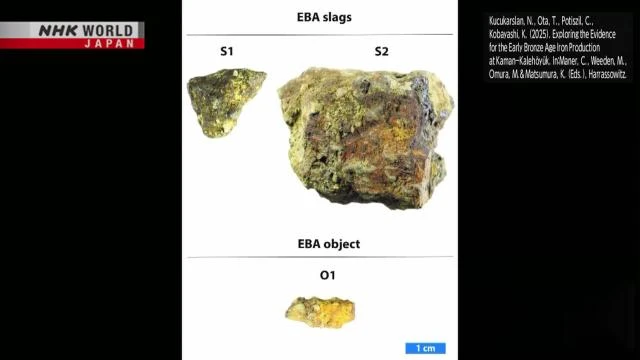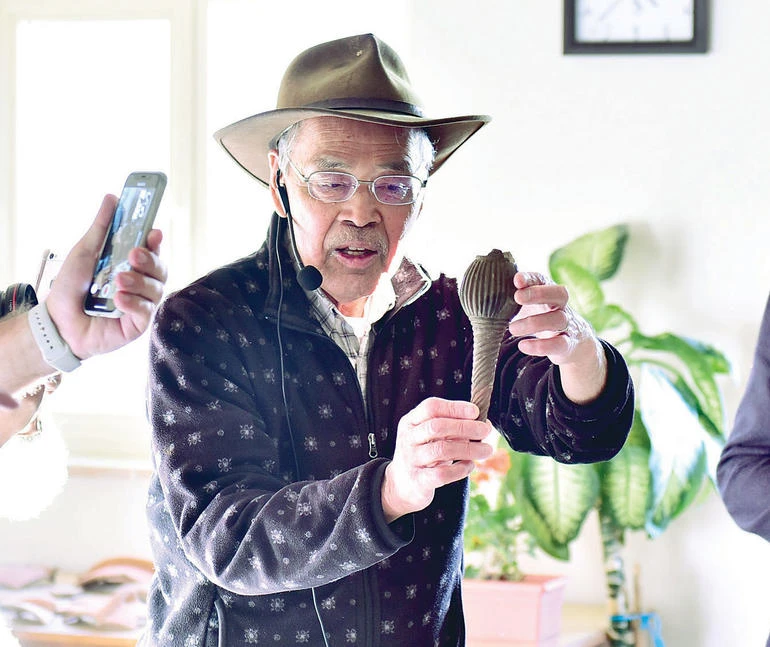Japanese archaeologists uncover 4,200-year-old evidence of ironmaking in Türkiye
 Aerial view of the ongoing archaeological excavations at Kaman Kalehoyuk. (Japanese Institute of Anatolian Archaeology)
Aerial view of the ongoing archaeological excavations at Kaman Kalehoyuk. (Japanese Institute of Anatolian Archaeology)
Japanese archaeologists have made a groundbreaking discovery in central Türkiye, uncovering evidence that could reshape the history of iron-making. The team, led by Professor Sachihiro Omura of the Japanese Institute of Anatolian Archaeology, found heated iron ore in a Bronze Age stratum dating back approximately 4,200 years, according to Japan’s NHK public broadcaster.

Ancient experiments in ironmaking
The discovery was made at the Kaman-Kalehoyuk archaeological site, where Japanese researchers have been excavating for the past 40 years. Using an electron microscope, they analyzed metal fragments measuring several centimeters across, unearthed from the northern section of the ruins.
The analysis revealed that two of the pieces were made from heated iron ore, while another was identified as artificial iron. This suggests that early Anatolian civilizations may have been experimenting with iron production well before the advent of the Iron Age.
Pre-Hittite ironmaking techniques
Historians have long believed that ironmaking flourished during the Hittite Empire, around 3,400 years ago. However, the latest findings indicate that efforts to produce iron began nearly a millennium earlier, possibly by adapting copper and bronze smelting techniques.
The archaeologists also discovered remains of about 10 furnaces in the same stratum. Further examination will determine whether these structures were used for iron production, offering deeper insights into early metallurgical practices.

A milestone in metallurgical history
Professor Omura emphasized the significance of the discovery, stating that early attempts to make iron in Anatolia could date back much further than previously thought.
The research team will present its findings at the Tokyo National Museum on March 9, shedding light on one of humanity’s most crucial technological advancements.



